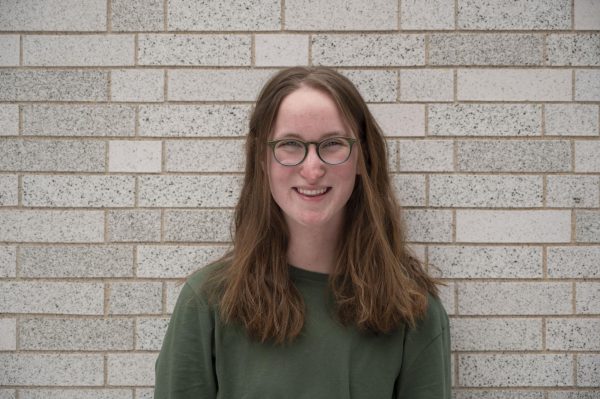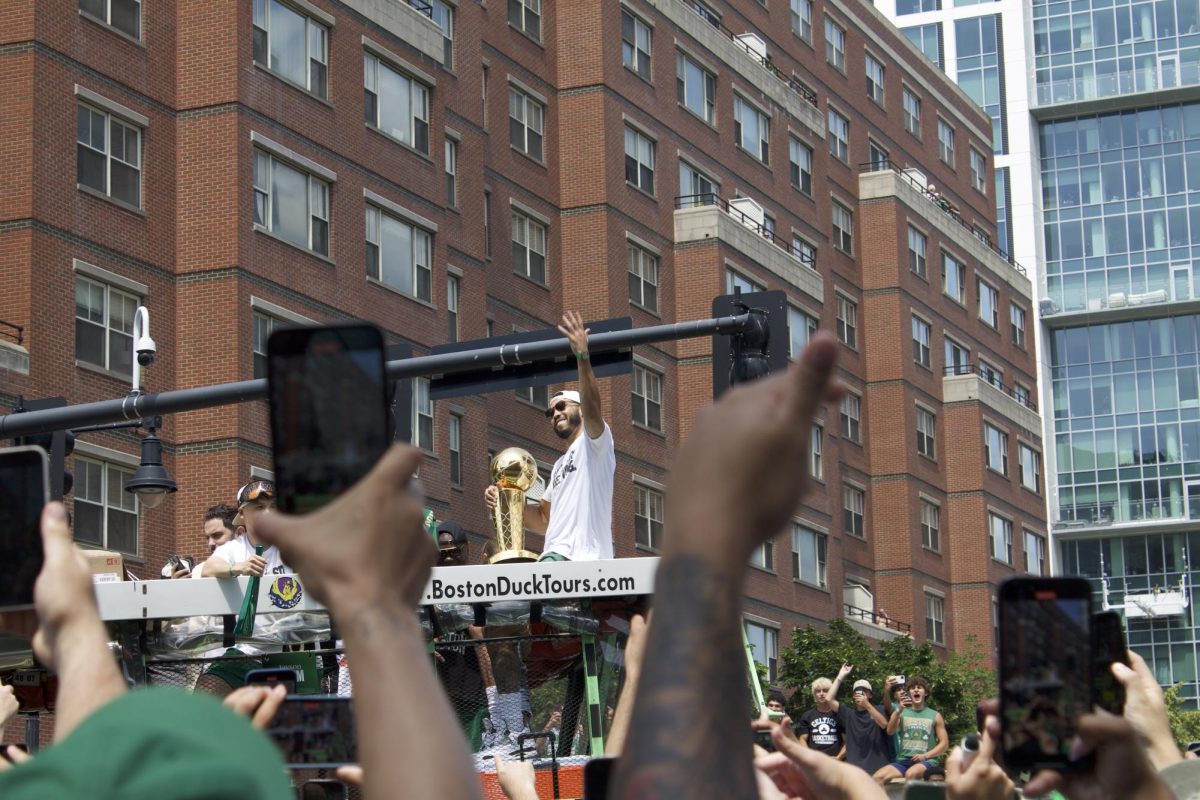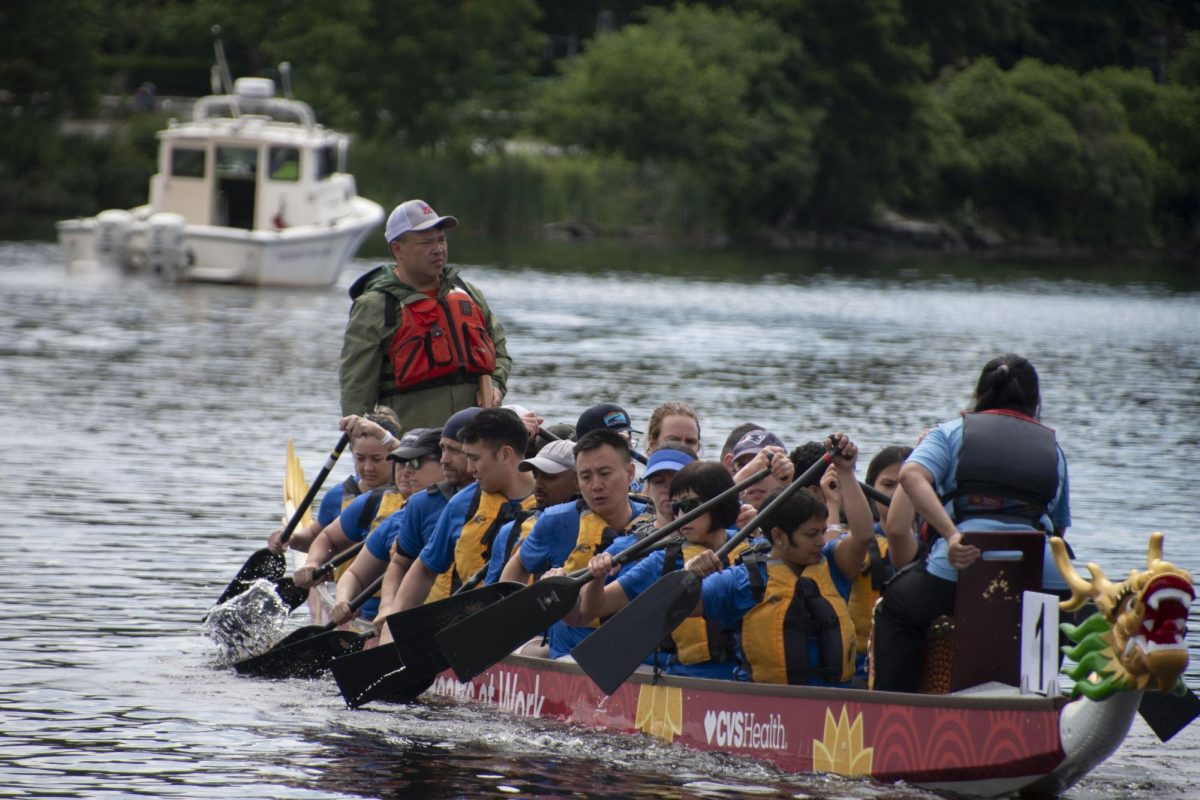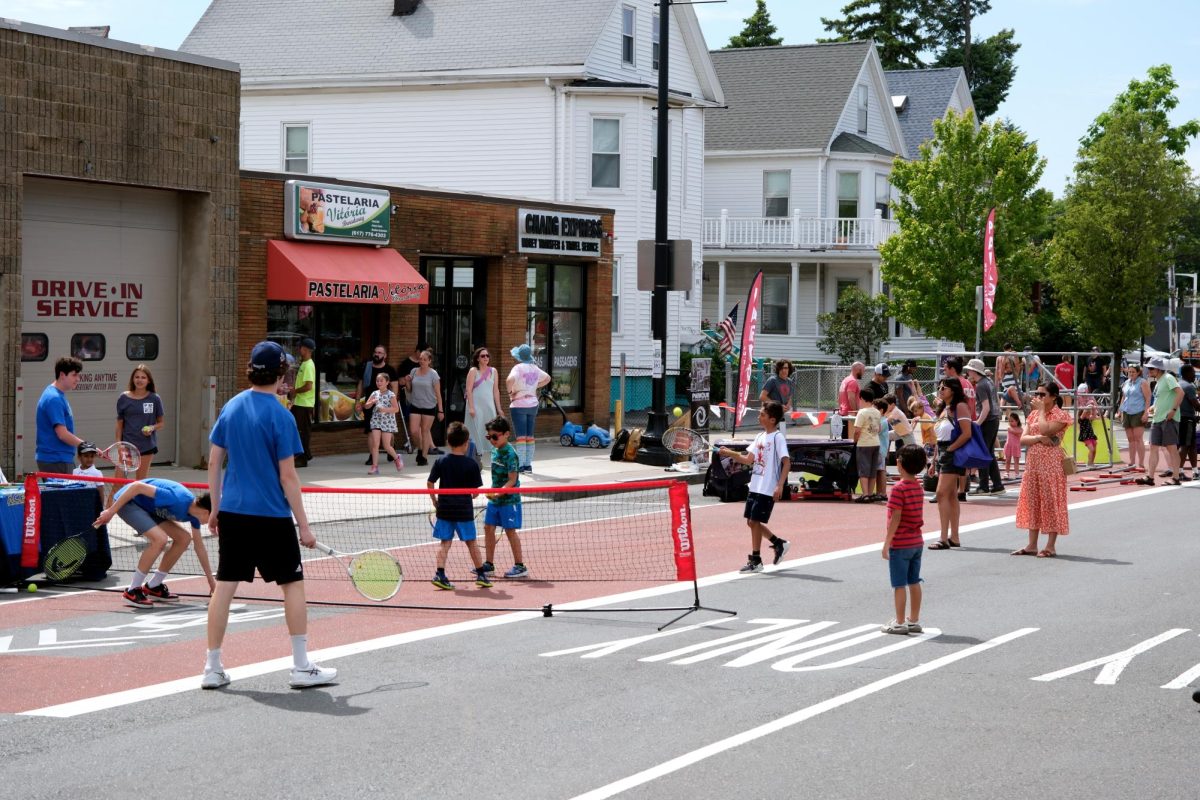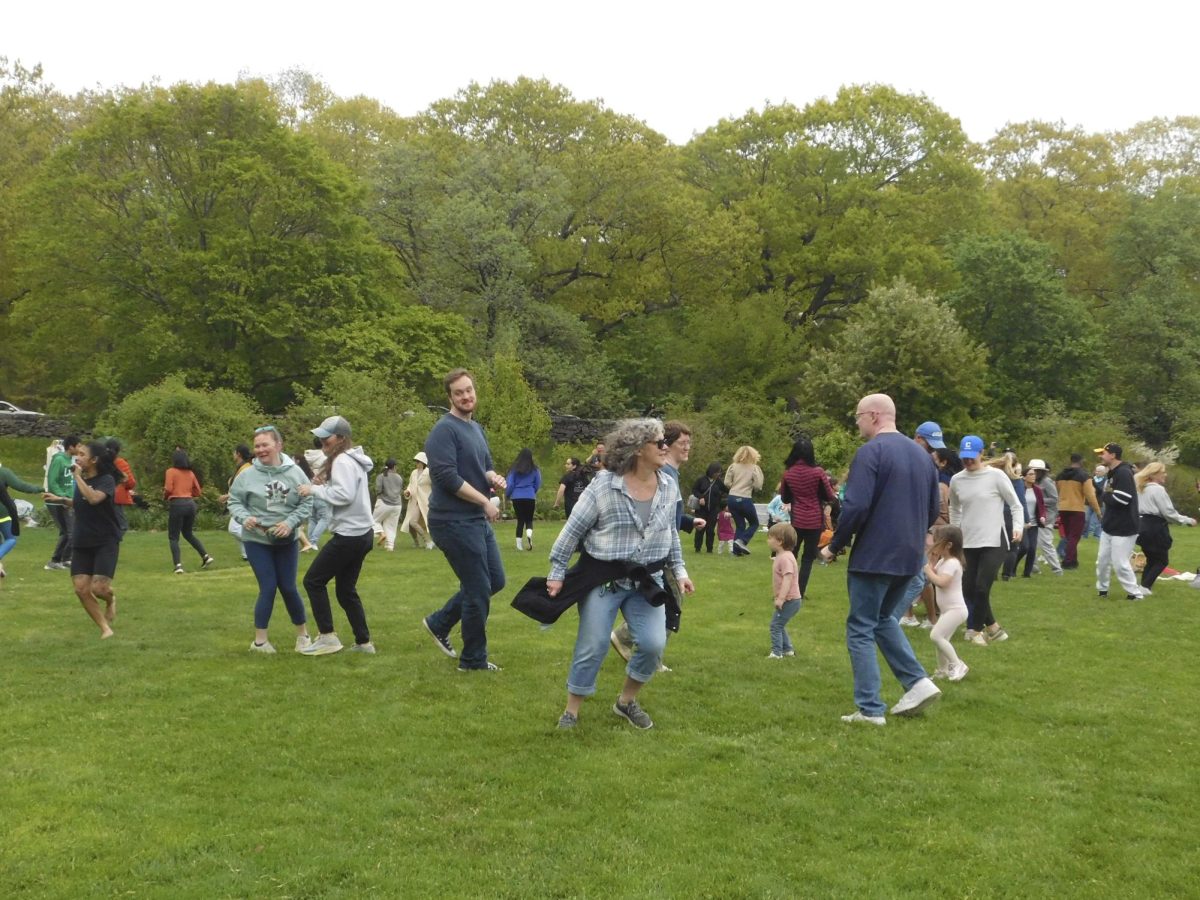Early in the morning April 15, thousands of volunteers and athletes began to check-in and start the race that constitutes one of the biggest days in sports: the Boston Marathon. Among them were a cadre of unseen — but vital — amateur radio operators who kept a constant loop of communications for the duration of the race.
More than 9,000 volunteers support the Boston Marathon every year “working in all areas including packet stuffing, medical … start line, finish line and everything in between,” according to the Boston Athletic Association, or BAA, website. Of those 9,000, around 300 are amateur radio volunteers, a position that requires a license from the Federal Communications Commission.
The volunteers are responsible for maintaining constant radio communications, connecting all points of the course with a main radio hub, Boston Fire, EMS and police. Fifteen members of NU Wireless, Northeastern’s amateur radio club, will be represented among the volunteers, said Garrett Compston, a third-year computer science and music combined major at Northeastern and president of NU Wireless.
Many Northeastern students run in and volunteer for the marathon every year, but it was Marty Sullaway, a fourth-year electrical and computer engineering combined major, who first recruited people from Northeastern to be amateur radio operators.
Sullaway, who was raised in Newton, began his journey with radio communications in 2013 when he joined a radio club in Brookline. Through that club, he began assisting race operations in the 2014 marathon.
“Over the last 10 years, my very small couple hours around race day turned into hundreds of hours over a year of work,” he said.
Sullaway currently serves as the segment coordinator for transportation and co-leads the technical infrastructure for amateur radio communications.
Radio communications provide important assistance to the other marathon volunteers, said Jonah Lefkoff, a third-year computer engineering and computer science combined major and vice president of NU Wireless. Most of the volunteers in attendance do boots-on-the-ground work, like managing hydration stations or medical tents, but Sullaway, Compston and Lefkoff were in a control room overseeing operations.
As president of NU Wireless, a position Sullaway held for four semesters beginning in the spring of 2021, he has heavily recruited amateur radio operators for the marathon from the club. The first year he advertised the volunteer position, three members came. This year, there will be 15.
“The value of the marathon, to novice amateur radio operators, is it offers real world experience,” said Maggie Heaney, a third-year electrical engineering and music combined major and director of outreach for NU Wireless. “We treat [the marathon] as a good opportunity for especially younger ham radio operators to get out and use these skills to help the general populace or other outside groups such as the Boston Athletic Association.”
All of the amateur radio operator volunteers from Northeastern attended a training session in Framingham in February to learn more about the marathon course and their assignment. There are four segments that radio operator volunteers can serve on: start, finish, course and transportation.
Amateur radio operators are commonly used at large sporting events, Lefkoff said. During the 2013 Boston Marathon bombing, radio volunteers played a vital role in coordinating and carrying out an emergency response, he said. Although volunteer amateur radio operators predate the bombing, the BAA has integrated them more with race operations since, Compston said.
The lines of communications used by amateur radio operators allow the other volunteers to focus on any runners needing assistance without having to be solely responsible for also coordinating a response.
“I think that’s the value that we provide,” Lefkoff said. “Having that line of communication and taking that stress off of the other volunteers at the race course is really helpful.”
A central component of being an amateur radio operator is being knowledgeable about the safeguards that are in place in case something fails or an emergency occurs.
“It’s things like this where you realize that without people that are knowledgeable enough to set up the infrastructure to talk [over radio], communication would be extremely hard to come by,” Compston said. “It’s really great to see people that are highly competent and know what they’re doing with this and be able to work with them in this capacity of everyone working towards something a lot larger than what they themselves can do.”
Editor’s Note: This story was edited April 16 at 10 a.m. to correct “hand radio operators” to “ham radio operators.”









